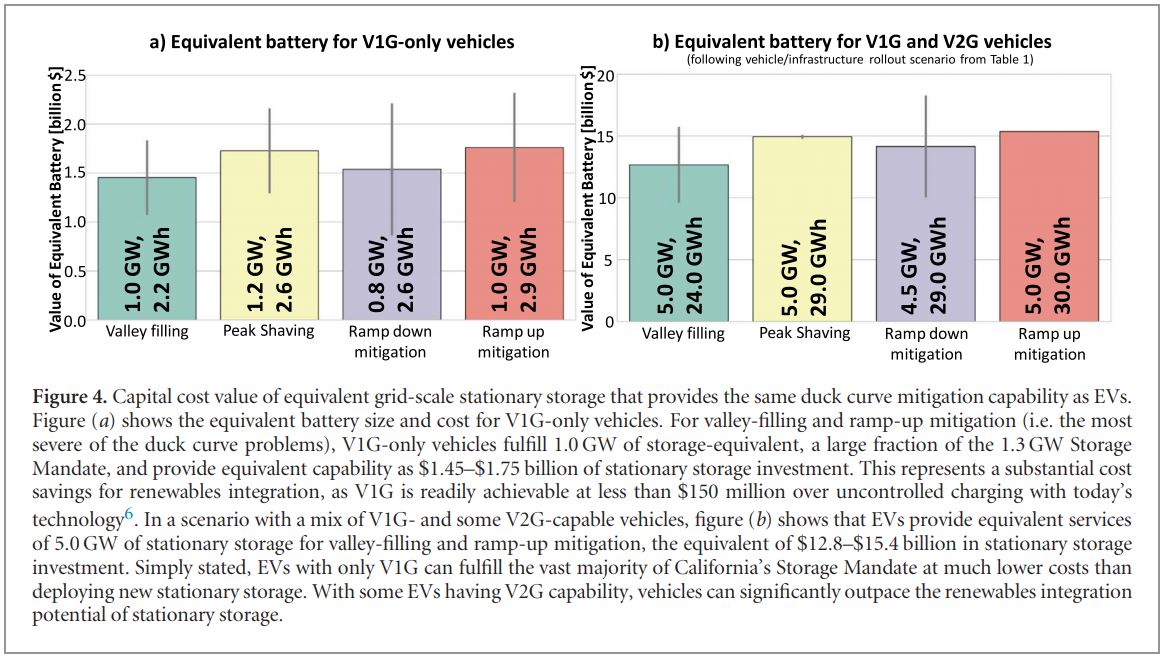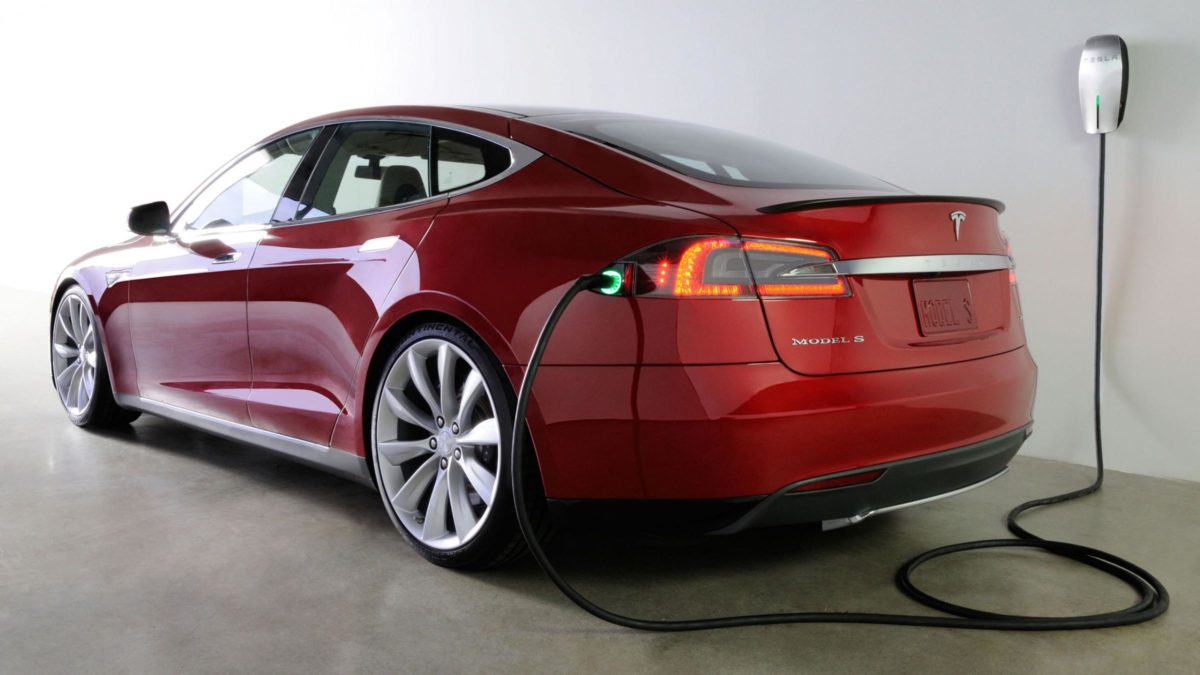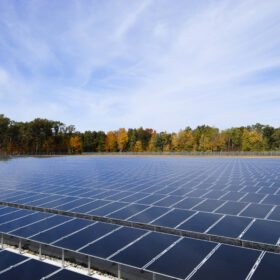Researchers at the US Department of Energy (DOE) and Lawrence Berkeley National Laboratory (LBNL) have done the math on California’s 1.5 million zero-emission vehicle (ZEV) mandate and found that the cars’ batteries can meet the goals of the state’s 1.3 GW energy storage mandates by absorbing a healthy amount of daytime overproduction and mitigating the early evening duck curve ramp.
The authors also found that if we don’t manage the charging times of mandated vehicles, we will increase the duck curve stress, albeit a small bit, on the power grid.
The report predicts the average car battery rating at 72 kWh in 2025. The authors assume electric vehicle owners are able to charge at home 100% of the time, with 60% of EVs being able to charge at work. If there are 1,500,000 pure electric vehicles on the road in 2025, with 72 KWh each, this will total 108 GWh of energy storage.
To make it work, it’ll mostly take controllable one-way car charging from the grid (V1G) and a small amount of two way charging/discharging from the car and the grid (V2G) to be used on the worst day of each forecast year.

The first goal is to absorb the overproduction of daytime solar power by controlling when California’s 1.5 million electric cars charge. Researchers have shown that V1G vehicles can absorb up to 1 GW of daytime overproduction – almost as much as the 2025 1.3 GW mandate will be able to offset. These services are worth between $1.45-1.75 billion worth of stationary storage and could be implemented for $170 million.
In the early evenings, if V2G capabilities are enabled, up to 5 GW of ramping requirements can be saved. The authors suggest the value of these services, relative to stationary storage deployments, to be worth $12.8 to $15.4 billion, costing only a slight bit more than the $170 million costs above. This value is substantially more than the mandate’s 1.3 GW can handle.
The human aspect of people not wanting to waste their car batteries was accounted for as well by smartly managing charging/discharging of individual cars. The installation savings and future revenue of that stand alone storage could then be paid toward car owners, further driving EV update rates.
The authors of the report focused on the economic benefits of making use of the same hardware (car batteries) more then once. Co-author Dr. Samveg Saxena said:
We found that several billion dollars of capital investment could be saved if EVs are used in lieu of stationary storage. Those savings could be redirected to further accelerate the deployment of clean vehicles and vehicle-grid integration, and could even be used to pay EV owners when their vehicles are grid-connected with controlled charging.
Research has suggested that 12 hours of energy storage would allow the continental United States reach 80% solar+wind based upon nationwide production curves. The nationwide 5.4 TWh requirement would require 108 million 50 kWh electric cars. There are about 263 million passenger vehicles in the USA, and the base Tesla Model 3 has a 50 kWh battery.
Broadly speaking, this report shows that vehicles can be an integral part of energy storage in the US and, if we do it right, they might significantly support the evolution of the grid. If we can figure out some sort of vehicle feed-in tariff and pay ourselves directly while doing it, this will only speed up the process.
This content is protected by copyright and may not be reused. If you want to cooperate with us and would like to reuse some of our content, please contact: editors@pv-magazine.com.








They should do this in SoCal. Currently the IOUs and a few 3rd party aggregators participate in the CAISO DRAM. Homeowners can do VERY well from this program by changing their habits…..charging their EVs when demand is high then curtailing usage on days when there is a need can yield crazy money which can cover their ENTIRE energy bill.